Bilgi işaretleri
- 1/46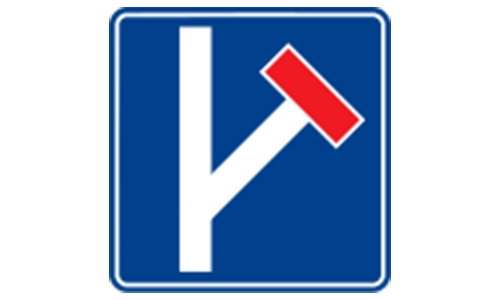
Road to the right has no exit. Only enter if visiting that location. No through traffic allowed.
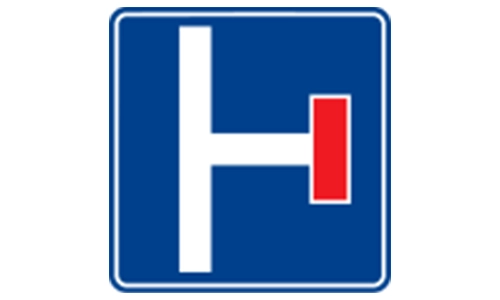
Road to the left ends without an exit. Use for local access only. Not a connecting route.
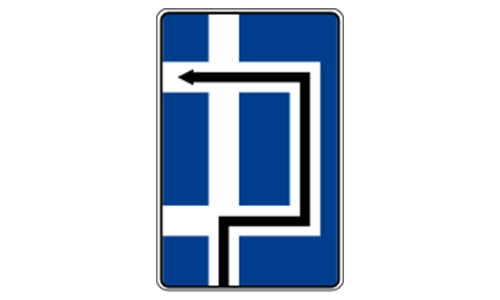
Left turns not allowed directly. Follow designated path to turn. Usually uses a loop or signal-controlled route.
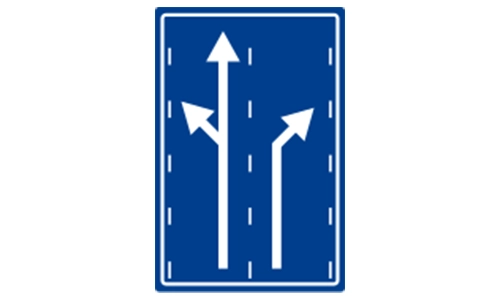
Sign shows what each lane is for. Follow lane arrows for correct movement. Helps organize traffic at junctions.

National default speed rules apply. Varies by road type or vehicle. Obey unless signs say otherwise.
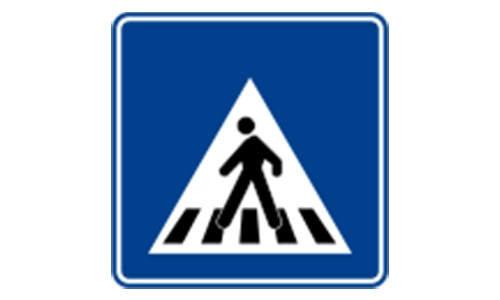
Pedestrians may cross at marked lines. Slow down and give way. Be alert at all times.

Watch out for children on the road. Usually near schools or parks. Reduce speed and stop if needed.
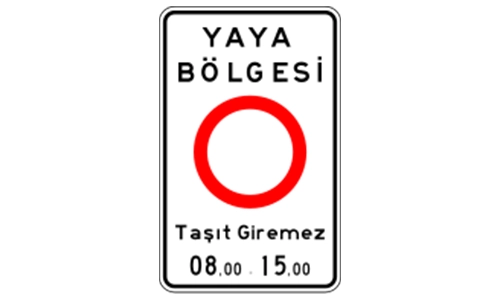
Only pedestrians allowed in this area. No cars, bikes, or scooters permitted. Walkers have full right of way.
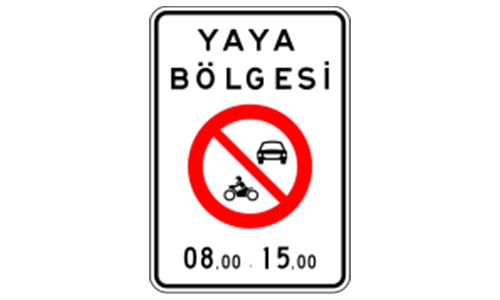
Motor vehicles banned in this zone. Bicycles or carts may be allowed. Look for specific sign conditions.
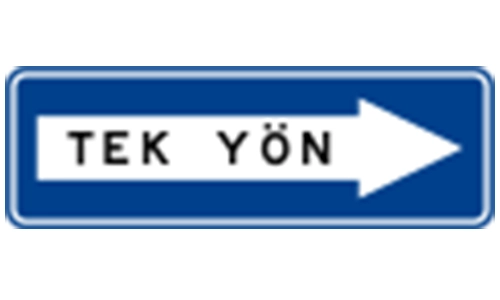
Traffic flows in only one direction. Do not enter from the opposite end. Follow arrows and signs carefully.
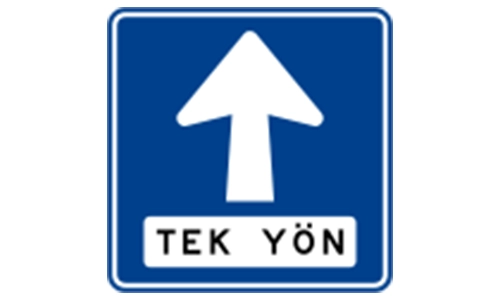
Vehicles must proceed straight ahead. No turns allowed here. Stay in correct lane.
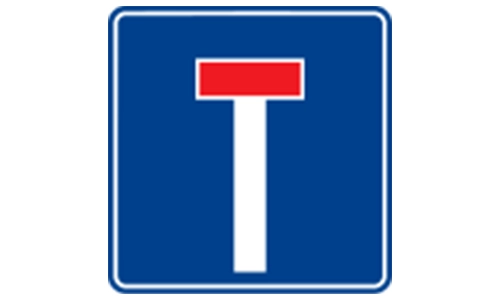
Dead end ahead no exit. Enter only for local destinations. No continuation beyond the endpoint.
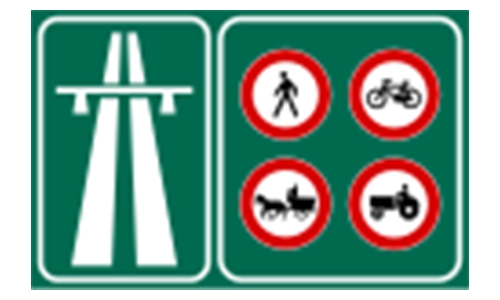
You’re entering a motorway or expressway. Special speed and access rules apply. Only fast vehicles permitted.
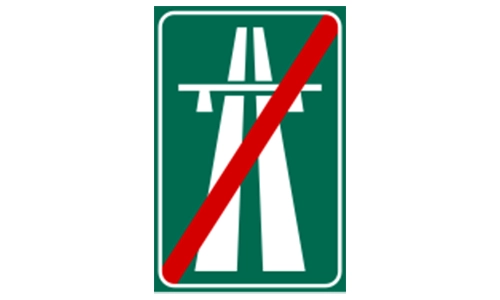
you are leaving the expressway. Standard traffic rules resume. Speed and road type may change.
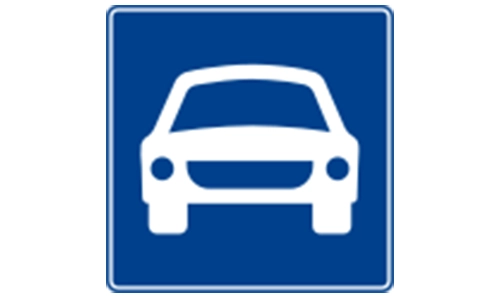
Only motor vehicles may enter. No pedestrians, bikes, or carts allowed. Often a high-speed zone.
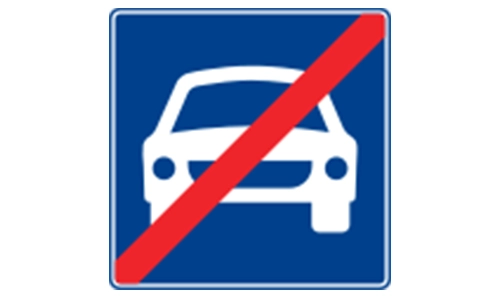
All types of road users may now enter. Shared zone begins ahead. Drive with added caution.
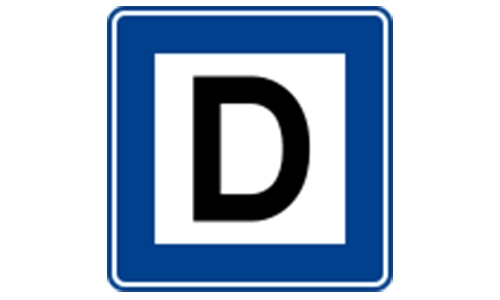
Designated area where buses pick up passengers. Do not block or park here. Watch for pedestrians.
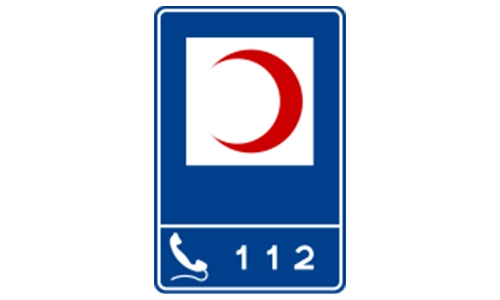
Medical help is available nearby. Useful during emergencies. Common on highways or remote roads.
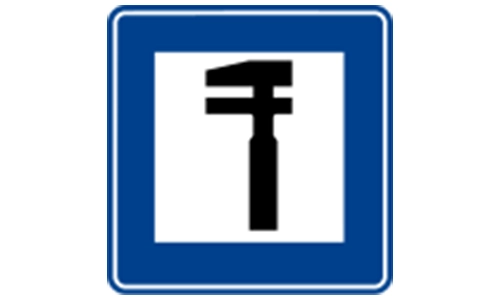
Vehicle repair facility ahead. Helps with breakdowns. May include tyre, engine, or emergency fixes.
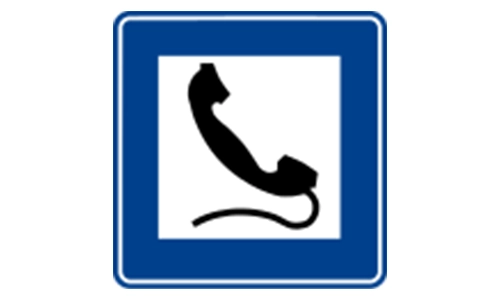
Emergency telephone service nearby. Use if your phone has no signal. Often marked on highways.
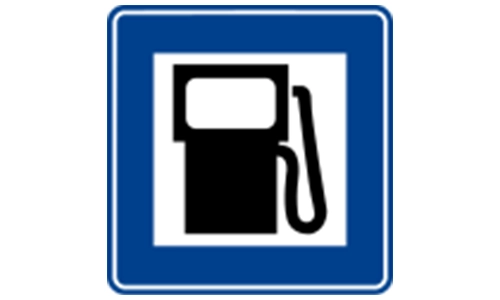
Fuel station available nearby. Fill up your vehicle here. May offer basic services too.
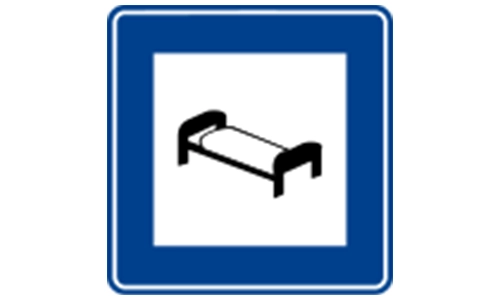
Accommodation is available nearby. Look for entrance arrows. Useful for long-distance travelers.
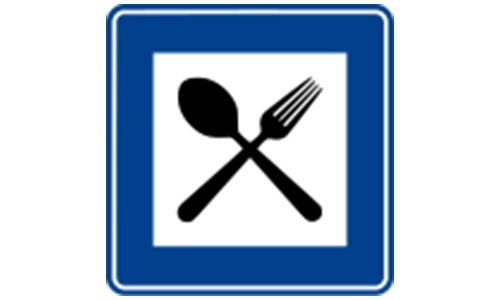
Food and refreshments are available. May be part of a rest area. Ideal for breaks during long drives.
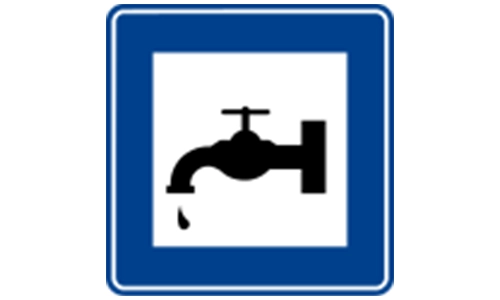
Clean drinking water is available. Public use allowed. Often found in picnic or park zones.
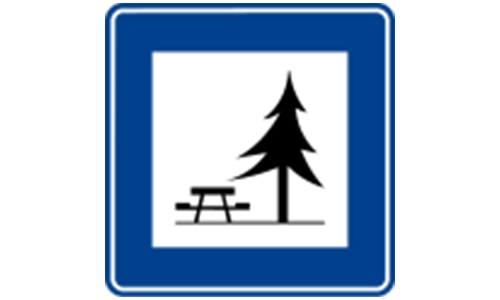
Area available for resting and eating. May have tables, benches, or shade. Perfect for family stops.
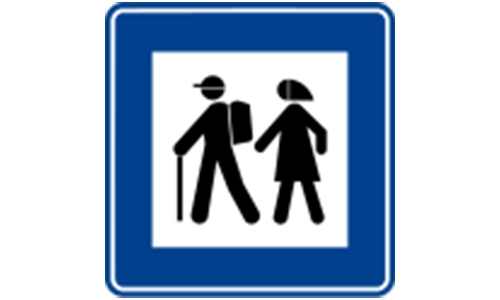
Trail for walkers and hikers begins here. Not suitable for vehicles. Follow the marked route.
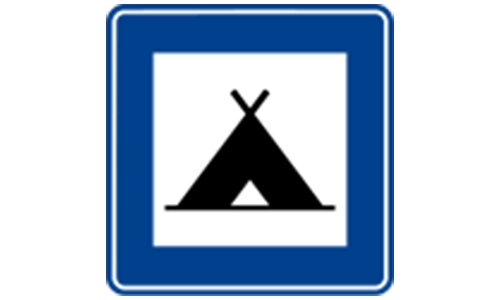
Space for pitching tents and camping. May include toilets or water. Designated for overnight stay.
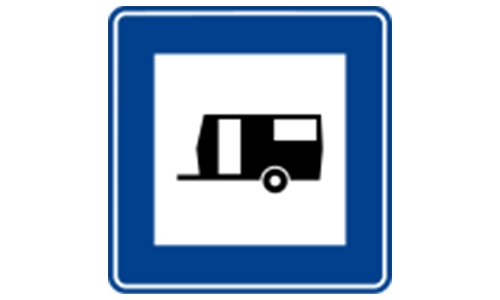
Area for parking caravans or trailers. Often includes power and restrooms. Overnight use allowed.

Shared space for campers and caravans. Offers basic facilities. Good for holiday stops.
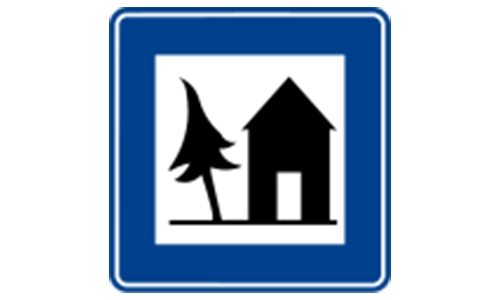
Budget accommodation for young travelers. Usually shared rooms. Common near tourist or hiking areas.
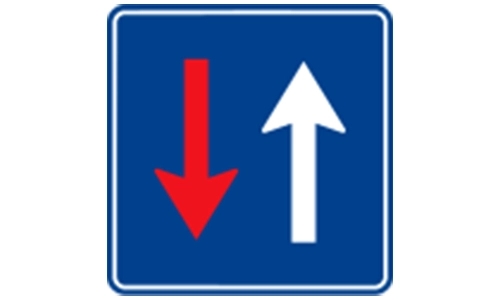
You have the right of way here. Oncoming traffic must wait. Used at narrow or merging points.
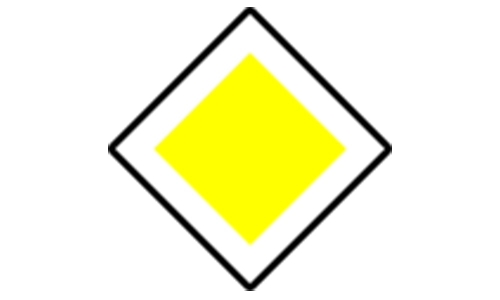
You’re on the main priority route. Others must yield to you. Look for confirmation signs at junctions.
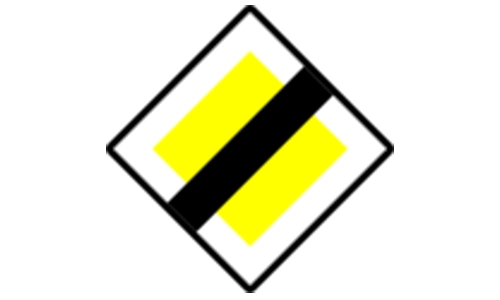
Priority status ends here. Yield as per normal rules. Look out for give way or stop signs.

Traffic updates available on specified FM frequency. Tune in for live road alerts. Often used on expressways.
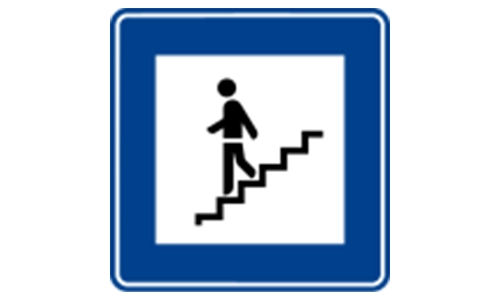
Underground walkway for pedestrians. Safe crossing without road traffic. Follow signs to entrance.
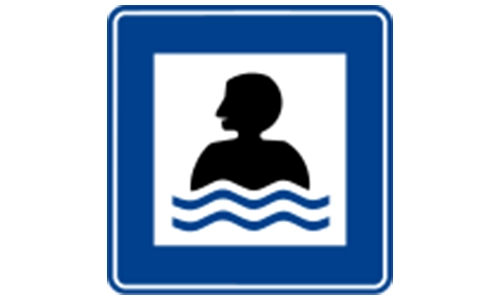
Public pool available nearby. May be open-air or indoor. Recreational facility for travelers.
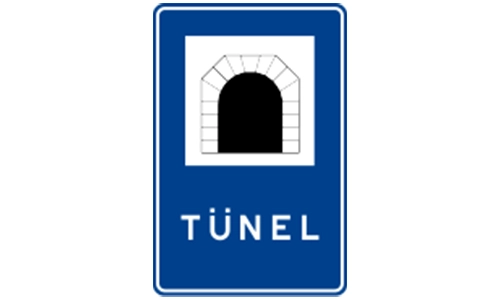
Road enters a tunnel ahead. Turn on headlights. Avoid overtaking inside.
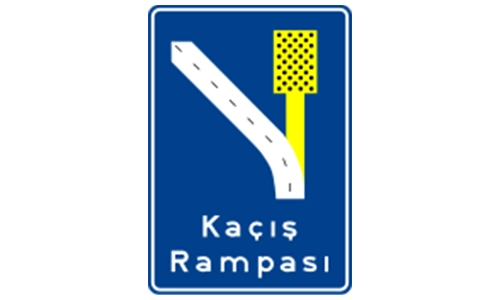
Emergency safety path for runaway vehicles. Found on steep descents. Use only in emergencies.
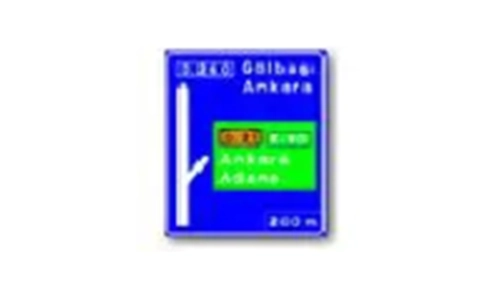
Shows route, direction, or destination. Helps drivers navigate roads and junctions. Often includes arrows, place names, or route numbers.
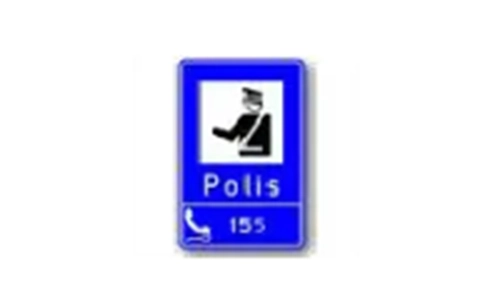
Indicates a nearby police station or checkpoint. Useful for emergencies or reporting incidents. May also mark routine traffic stops.
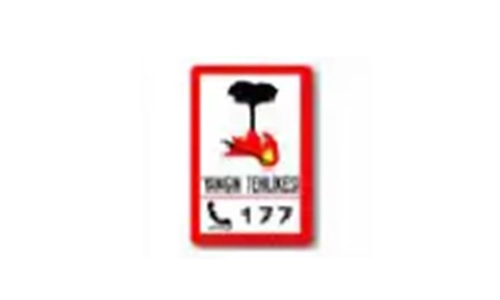
Warns of a nearby fire station. Fire vehicles may enter the road suddenly. Slow down and be alert for emergency exits.
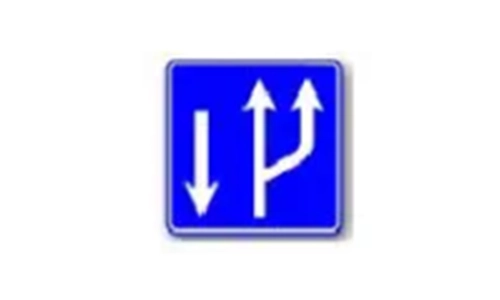
These signs guide drivers on permitted movements from specific lanes. They ensure proper lane use at intersections or on multi-lane roads.
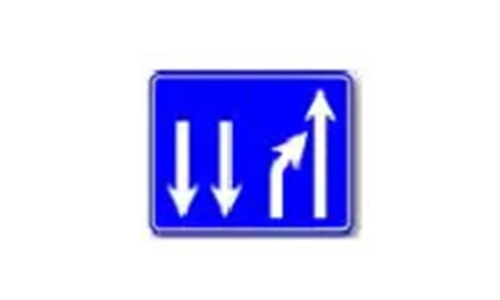
These signs indicate allowed turns or straight movements per lane. Crucial for orderly traffic and preventing last-minute changes.
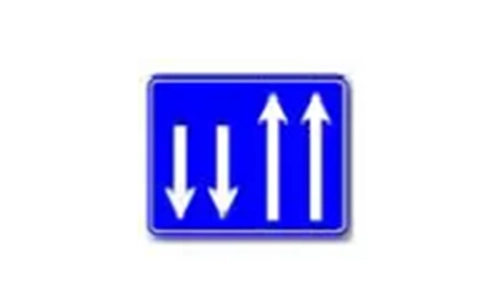
Depicting lane configurations, these signs direct drivers on how to proceed. They aid in navigating complex junctions effectively.
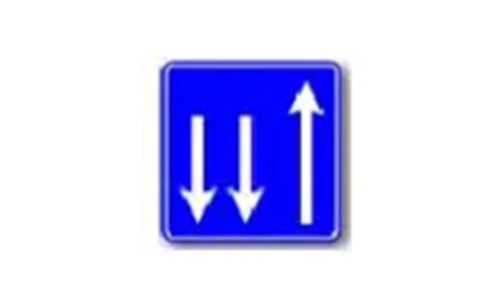
Provides clear instructions for lane usage, often with arrows and destinations. Essential for safe and efficient navigation on multi-lane roads.
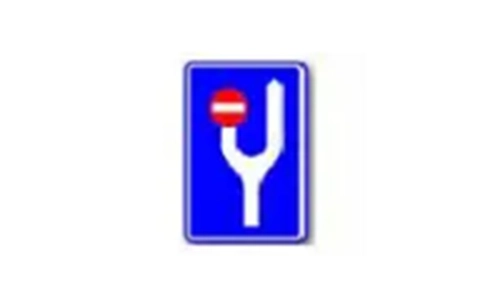
Warns of an upcoming divided highway, with opposing traffic separated by a median. Prepares drivers for a change in road layout for safety.
 Pass the Exam easily with Premium Practice Tests | Unlock All with 7 Days Plan
Pass the Exam easily with Premium Practice Tests | Unlock All with 7 Days Plan  Offer Ends in
Offer Ends in
